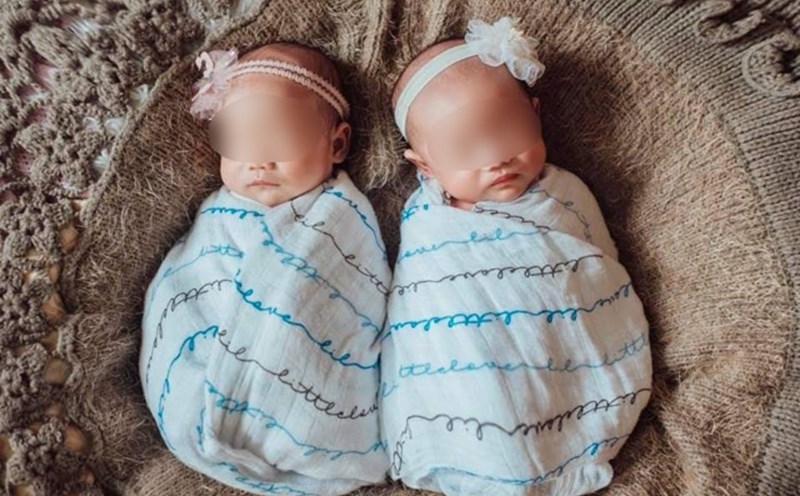Patient is B.P.T. (2 years old, Gia Lai province), was hospitalized in critical condition due to severe burns in many areas of the body, including neck, chest, abdomen, back, buttocks, two arms and two thighs. The level of damage is determined to be 60% of the total skin area, a very high risk of death in young children, due to dehydration, electrolyte disorders and the risk of sepsis.
According to the family, while taking care of the baby, the baby's mother accidentally dragged the glass water bottle containing boiling water and unfortunately poured it on the child.
After that, the family quickly took the child to a local emergency room, but after a day of treatment, the condition did not improve, so the child was quickly transferred to Children's Hospital 2 (HCMC).
Immediately after receiving the baby, he was transferred to the burns - Adjustment Department for intensive resuscitation. However, after three days of treatment, the epidemic loss has not improved. Faced with the risk of life, the treatment team decided to perform an early allogeneic skin transplant, a temporary skin replacement method with someone else's skin to shorten recovery time, reduce infection complications and help the body stabilize faster.
The skin donor was the biological mother of the child. Just 5 days after admission, the skin transplant was performed. According to doctors, this is the earliest allogeneic skin transplantation since receiving patients at the burn - Adjustment Department, showing the hospital's proactiveness and flexibility in treating severe burns in young children, the transplanted skin areas begin to heal at the bottom, recover well, and the child has passed the dangerous stage.
Allograft is an important solution when the patient's healthy skin area is not enough to perform autologous transplants. This method helps make temporary coating, control infections, relieve pain, promote tissue recovery and prolong the waiting time for autologous skin transplants. Early transplantation is a key factor to increase the chance of survival for children in cases of severe burns.
According to statistics at the burns and acute burns department, Children's Hospital 2, burns caused by boiling water are the leading cause of severe burns in children. Accidents often occur while adults are cooking, processing hot water or keeping hot-ly liquid containers within reach of young children.
Dr. Nguyen Thi Ngoc Nga - Deputy Head of the burns and portals Department recommends: Parents should pay special attention not to let young children access the kitchen area, cooking utensils or boiling water containers. Always keep your child under observation when taking care of him and absolutely do not be subjective when he or she has burns, whether it is mild or severe. Proper first aid and taking the child to a medical facility as soon as possible will largely determine the child's survival.
From 2023 to present, Children's Hospital 2 has performed 10 allogeneic skin transplants to treat widespread burns, techniques such as early blood filtration, anti-infection, and internal resuscitation have been applied synchronously, contributing to improving the survival rate and reducing sequelae for children with severe burns.











